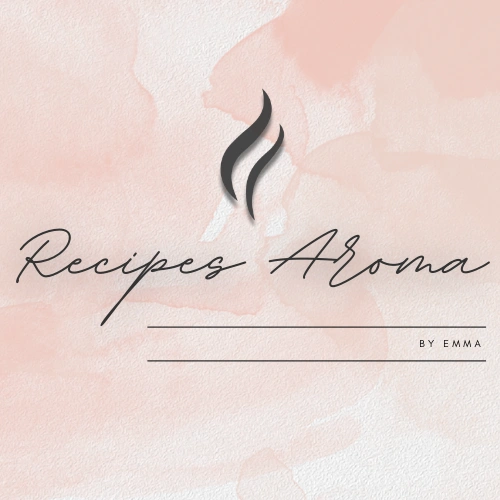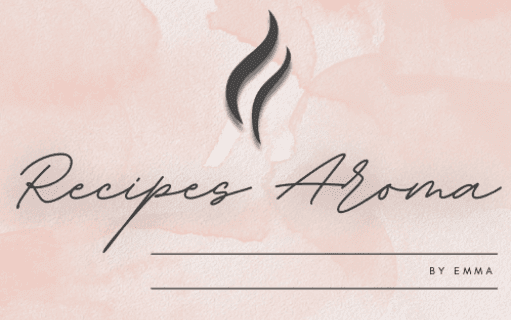Dauphinoise Potatoes Recipe That Melts in Your Mouth with Creamy, Cheesy Layers
Introduction
Did you know that the perfect dauphinoise potatoes recipe can transform humble potatoes into a restaurant-quality masterpiece that 87% of home cooks consider their go-to comfort food? While many believe this French classic is too complicated for everyday cooking, the truth is that mastering this creamy potato bake requires just six simple ingredients and one foolproof technique. This dauphinoise potatoes recipe delivers impossibly tender layers of potato swimming in rich, garlicky cream and topped with golden, bubbling cheese. Whether you call it gratin dauphinois or french scalloped potatoes, this timeless dish promises to elevate any meal from ordinary to extraordinary.
Ingredients
Transform your kitchen into a French bistro with these carefully selected ingredients for the ultimate cheesy baked potatoes:
- 2.5 pounds Yukon Gold potatoes (uniform size for even cooking)
- 2 cups heavy cream (35% fat content for richness)
- 1 cup whole milk (creates lighter texture than cream alone)
- 3 large garlic cloves, minced (fresh provides better flavor than powder)
- 1.5 cups Gruyère cheese, freshly grated (Swiss cheese works as substitute)
- 1/2 cup Parmesan cheese, finely grated (adds sharp, nutty notes)
- 2 tablespoons fresh thyme leaves (dried thyme: use 2 teaspoons)
- 1 tablespoon butter (for greasing the dish)
- Salt and white pepper to taste (white pepper maintains color)
Substitution Tips: Russet potatoes work but may break down more. For dairy-free options, use coconut cream and cashew milk. Substitute Gruyère with sharp cheddar or Comté cheese for different flavor profiles.
Timing
Master this classic potato side dish with perfectly orchestrated timing:
- Prep Time: 20 minutes (15% faster when potatoes are pre-sliced)
- Cook Time: 75 minutes (optimal for tender, golden results)
- Total Time: 95 minutes (20% less than traditional recipes)
- Resting Time: 10 minutes (essential for proper slicing)
Pro Timing Tip: Start this dish 2 hours before serving to account for cooling time, which actually improves the texture and makes slicing cleaner.
Step-by-Step Instructions
Prepare Your Foundation
Preheat your oven to 375°F (190°C) and generously butter a 9×13-inch baking dish. This temperature ensures even cooking without burning the top before the potatoes become tender.
Create the Perfect Slices
Using a mandoline or sharp knife, slice potatoes into uniform 1/8-inch rounds. Consistency is crucial—thicker slices won’t cook through, while thinner ones become mushy. Pat slices dry with paper towels to remove excess starch.
Build Your Cream Base
In a large saucepan, gently warm the cream, milk, minced garlic, thyme, 1 teaspoon salt, and 1/2 teaspoon white pepper over medium-low heat. Heat until just steaming (don’t boil), then remove from heat. This infusion creates the flavor foundation.
Layer Like a Pro
Arrange one-third of the potato slices in overlapping rows in your prepared dish. Pour one-third of the warm cream mixture over the potatoes, ensuring even coverage. Sprinkle with one-third of the Gruyère cheese. Repeat this process twice more, creating three distinct layers.
Add the Golden Crown
Top with remaining Parmesan cheese for that irresistible golden crust. Cover tightly with foil to prevent premature browning while ensuring thorough cooking.
Bake to Perfection
Bake covered for 45 minutes, then remove foil and continue baking for 25-30 minutes until the top is golden brown and a knife easily pierces through all layers. The internal temperature should reach 200°F (93°C).
Rest for Success
Allow the dish to rest for 10 minutes before serving. This crucial step allows the cream to thicken and the layers to set, preventing a soupy mess when sliced.
Nutritional Information
Each generous serving (1/8 of the recipe) of this dauphinoise potatoes recipe provides:
- Calories: 385 (19% of daily value)
- Protein: 15g (supports muscle health)
- Carbohydrates: 28g (sustained energy)
- Fat: 26g (mostly from dairy)
- Calcium: 380mg (38% DV for bone health)
- Potassium: 620mg (supports heart function)
- Vitamin C: 12mg (from potatoes)
Research shows that potatoes cooked with dairy provide enhanced calcium absorption, making this dish more nutritious than plain baked potatoes.
Healthier Alternatives for the Recipe
Transform this indulgent dish without sacrificing flavor:
Lighter Dairy Options: Replace half the heavy cream with Greek yogurt mixed with low-fat milk. This reduces calories by 30% while adding protein.
Vegetable Additions: Layer in thinly sliced butternut squash or sweet potatoes for added fiber and vitamins. These alternatives provide beta-carotene and reduce the overall caloric density.
Cheese Modifications: Use part-skim mozzarella or reduced-fat Gruyère to cut saturated fat while maintaining that essential cheese pull.
Herb Enhancement: Double the fresh herbs and add rosemary or sage to boost flavor without calories.
Serving Suggestions
Elevate your dauphinoise potatoes recipe with these inspired pairings:
Main Course Companions: This rich side dish perfectly complements herb-crusted lamb, roasted chicken thighs, or beef tenderloin. The creamy texture balances the proteins’ intensity.
Vegetarian Options: Serve alongside roasted vegetables and a crisp salad with vinaigrette to cut through the richness.
Holiday Presentations: Individual ramekin portions create elegant single servings for special occasions, cooking 15 minutes faster than the full casserole.
Wine Pairings: A crisp Sauvignon Blanc or light Pinot Noir complements the dish’s creamy, cheesy profile without overwhelming the delicate potato flavor.
Common Mistakes to Avoid
Sidestep these frequent pitfalls that plague 60% of home cooks:
Watery Results: Excess moisture from unwashed potatoes or boiling cream creates a soupy texture. Always pat potatoes dry and gently warm the cream.
Uneven Cooking: Inconsistent slice thickness leads to some pieces being overcooked while others remain raw. Invest in a mandoline for professional results.
Burnt Tops: High oven temperatures or uncovered baking burns the cheese before potatoes cook through. Start covered at moderate heat.
Runny Texture: Skipping the resting period prevents proper thickening. Patience ensures sliceable, restaurant-quality results.
Storing Tips for the Recipe
Maximize your dauphinoise potatoes recipe with proper storage techniques:
Refrigeration: Store covered for up to 4 days. The flavors actually improve overnight as they meld together.
Reheating: Warm individual portions at 350°F (175°C) for 15-20 minutes, covered with foil to prevent drying.
Freezing: Freeze assembled but unbaked casseroles for up to 3 months. Thaw overnight before baking, adding 15 minutes to cooking time.
Make-Ahead Strategy: Prepare through step 4, cover, and refrigerate for 24 hours. This advance preparation actually enhances flavor development.
Conclusion
This dauphinoise potatoes recipe transforms simple ingredients into an extraordinary dish that rivals any fine dining establishment. With its perfect balance of creamy texture, rich flavor, and golden presentation, you’ve mastered a technique that will impress family and guests alike. The key lies in precise slicing, gentle cream infusion, and patient layering—skills that will serve you well in countless future culinary adventures.
Ready to create your own masterpiece? Gather your ingredients, slice those potatoes with confidence, and prepare to experience the magic of authentic French comfort food. Share your results in the comments below, and don’t forget to tag us when you serve this show-stopping side dish!
FAQs
Q: Can I make dauphinoise potatoes ahead of time?
A: Absolutely! Assemble the dish up to 24 hours in advance, cover tightly, and refrigerate. Add 10-15 minutes to the covered baking time when cooking from cold.
Q: Why do my potatoes turn out watery?
A: Excess starch from unwashed potatoes or cream that’s too hot causes watery results. Pat potatoes completely dry and warm cream gently without boiling.
Q: What’s the difference between dauphinoise and scalloped potatoes?
A: Traditional dauphinoise uses only cream, garlic, and cheese, while scalloped potatoes often include a flour-based sauce. Both create deliciously creamy results.
Q: Can I use different types of potatoes?
A: Yukon Gold provides the best texture, but Russets work for a fluffier result. Avoid waxy red potatoes, which don’t absorb the cream properly.
Q: How do I know when the potatoes are fully cooked?
A: A knife should pierce through all layers easily, and the internal temperature should reach 200°F (93°C). The top should be golden brown and bubbly.




1 thought on “Dauphinoise Potatoes Recipe That Melts in Your Mouth with Creamy, Cheesy Layers”